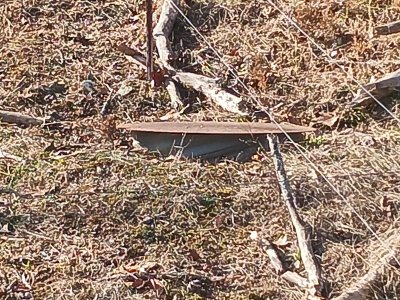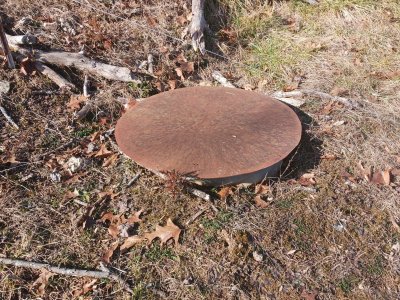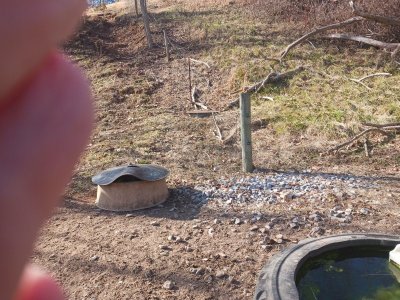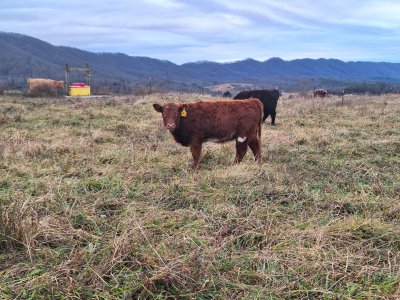Little Joe
Well-known member
I had a few lose the ends of their tales but most show no effects. I have quite a bit fescue just not solid stands, a lot of warm season grasses mixed in, I've had some other cattlemen tell me I should try to get rid of it. No thanks, I'll just keep cattle that can tolerate it. Trying to get rid of fescue would probably be the equivalent of trying to get rid of kudzu, it would always be an uphill battle, better to work with than against.I had never in my life heard that fescue can be bad for cows, until joining CT. All my life, 95% of the pastures for cattle, beef or dairy, have been fescue. Now, I have known all of my life to not let pregnant mares eat it, but never heard anything about cows.






